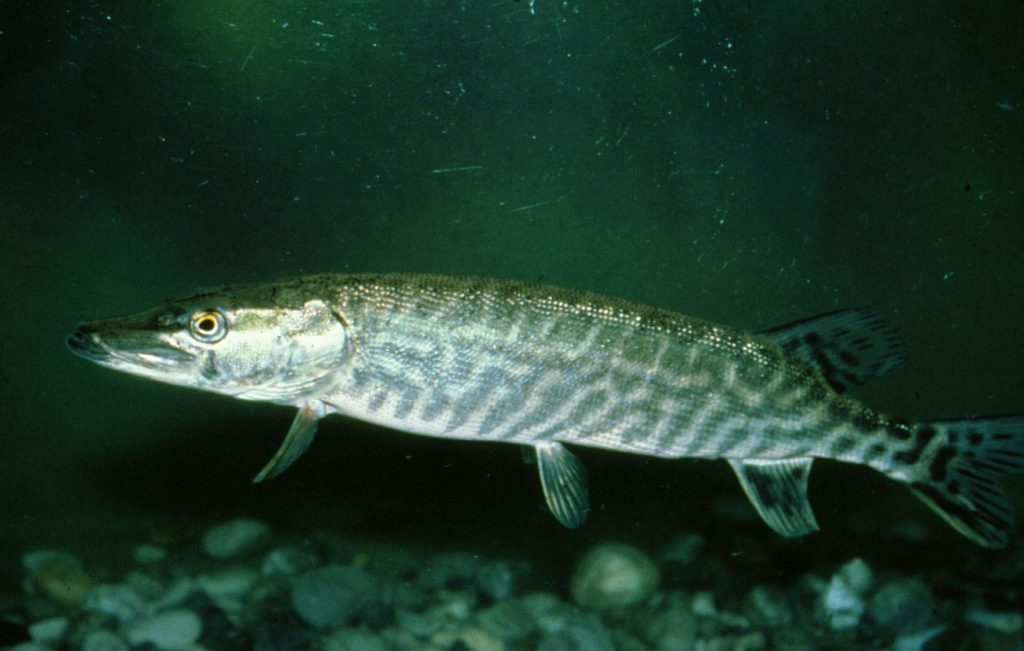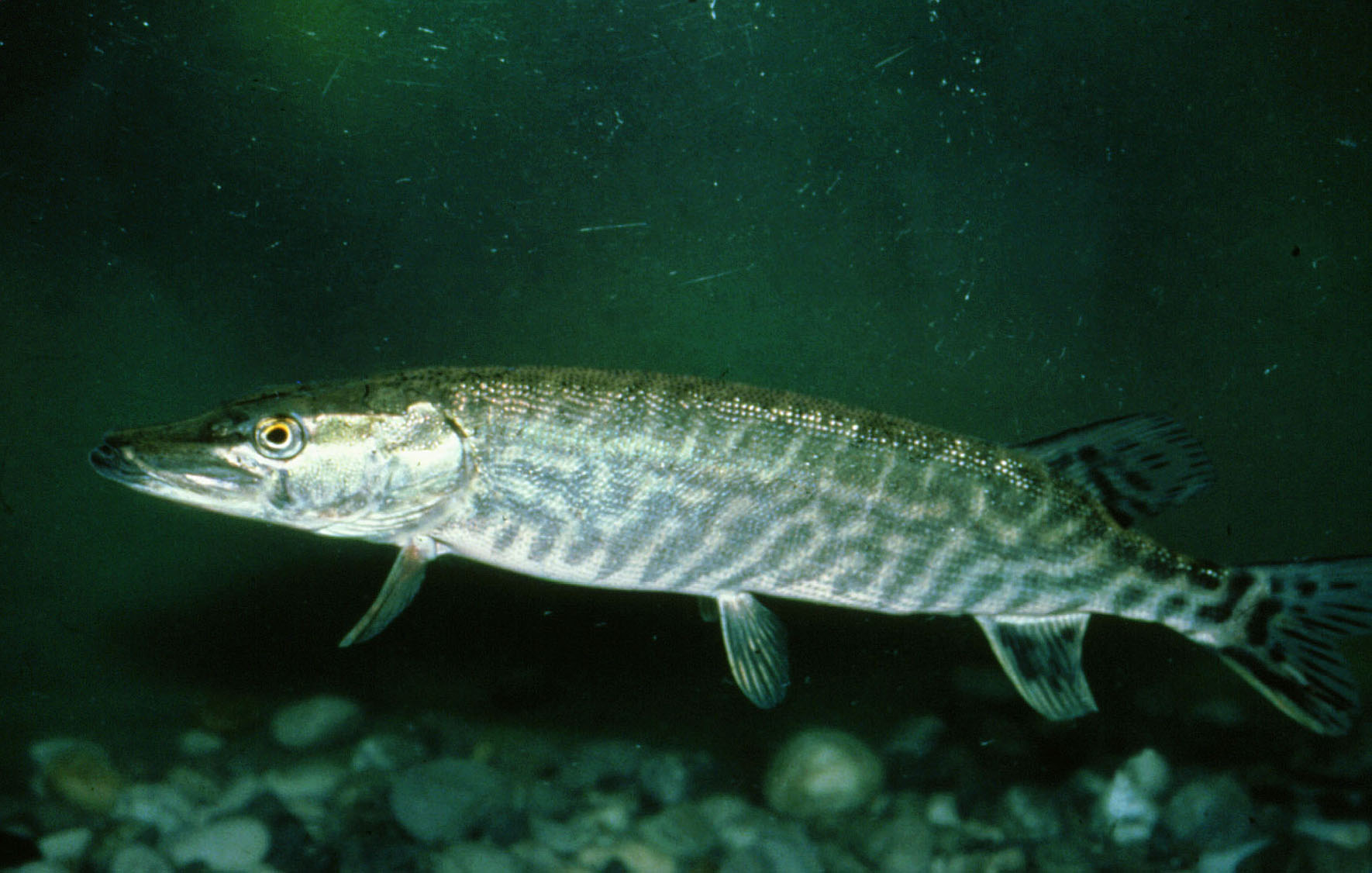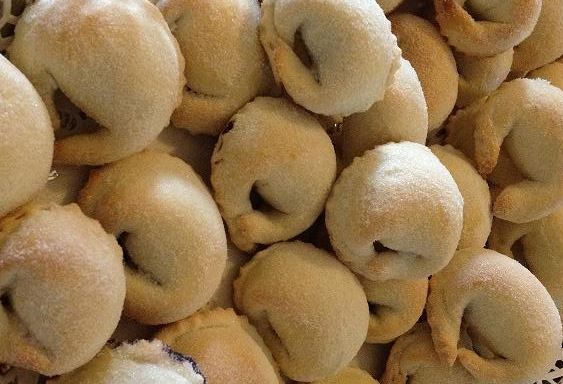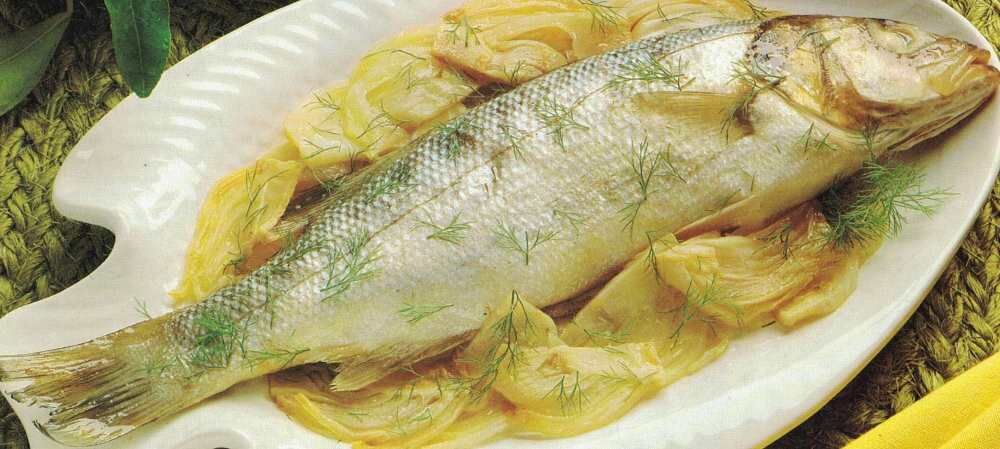The freshwater fish was definitely one of the main food of the people who lived, in prehistoric times, on stilts adjacent lakes and channels. And we know that the Romans, much later, they were avid admirers: for a long time, indeed, cultivated the habit to procure, for the tables patrician, requesting them from suppliers of the areas of the lakes of Latium and north-eastern.

As the fish of the sea, the freshwater fish has its valid power for good; in fact contains a kind of fatty acids, scientifically called "Omega 3" (trout lake contain 1,6 g per pound, such as herring, and most of the cod or swordfish, that contain 0,3 and 0,2 g), who have the power to:
- Reduce the rate of blood triglycerides
- Lower blood pressure
- Reduce blood platelet aggregation.
The optimal dose is 30 g daily of fish high in Omega 3. This percentage, also the freshwater fish, therefore, may exert beneficial action against the accumulation of fat in the blood, against the formation of thrombi and against myocardial. Only difficulty that the merchant and the user meet in business and in the purchase of freshwater fish is the excessive fragility of its meat and its rapid perishability: the freshwater fish, indeed, should be cooked and eaten immediately freshly caught and, in some cases, it is very difficult to transport.

Tent
But let's see what are the main freshwater fish that is easy to find in Italy:
Athletics: variety of shad present in some lakes of northern Italy.
Bleak: small fish tapered shape, silvery scaly read. One must distinguish the bleak river, much better, dall'alborella tin, that sometimes keeps in his meat a hint of mud.
Anguilla: born in the Sargasso Sea from which, larval, dates from the currents of rivers and estuaries reaches Europe, where it becomes adult.
Whiskers: characteristic for the four barbels that hang from the jaw, has good meat, even if not excellent. He Adult, be cooked boiled or stewed; if small, You can grill or fry.
Bondella: fish like whitefish, present in Lake Como. Has white meat, delicate and fragile, gourmets who particularly appreciate the risotto flavored nuts.
Burbot: fish tapered body, slimy and brownish, which can reach a length of one meter. La flesh, thornless, but rather fat, can be cooked either boiled, that roast, if whole. Sliced, can provide medallions to be cooked in butter or stewed. But the part that most of the burbot is tempting to gourmets is the liver: great for terrines or to make cutlets.
Tent: river fish, bred in ponds, from the body squat and dark, covered by sturdy scales, bellied yellowish and toothless mouth, externally provided by four barbels. Purchase carp goes flaky immediately, before cooking, be kept in water and vinegar to remove the lingering taste of mud.
Cavedano: fish widespread, bellied silver and greenish-brown back. He has massive head and soft meat and thorny.
Whitefish: length about 50 cm, has delicate meat and white and few thorns. Whitefish (the corégone): river fish, belonging to the same family of trout, common in the lake of Como and in some lakes Lazio. Along about 50 cm, has pinkish meat, tender and delicate.
Pike: large freshwater fish from snout spatula, elongated head and sturdy jaws. Voracious, is highly valued for its meat, tasty white. Among the variety, are preferred pike river to those of tin; unwrapped, of one or the other, eggs, because toxic.
Perch: river fish, that lives mainly in the waters rather firm. Grande from 25 to 35 cm, is covered with scales very tenacious, which must be removed immediately after capture (later it would be impossible), can be fried, if small; stew, butter or stuffed, if larger.
Salmerino: big fish, similar to salmon, living (increasingly rare) in alpine lakes. Has big mouth and head squat, dark back, mottled light, and orange belly. Its meat is suitable for all preparations valid for salmon and sea trout.
Temolo: river fish, similar to trout, except for the presence of a dorsal fin and the smaller size of the mouth. He tasty meats, how to cook trout.
Tinca: lives mainly in stagnant waters. He squat body of medium size (15-30 cm), covered with small scales and mucus. Its meat may have slight hint of mud; for this is a good habit marinate in vinegar water, before cooking.
Trout: river fish, widespread and appreciated for its firm flesh and tasty. Object, nowadays, an important breeding, meat has more or less colored, depending on the type of power which it is subjected. Stand trout "river", tastier, and trout "lake". But there are also trot "salmonate", fed with shellfish, trout "rainbow", trout "marbled" and even trout "sea", that sometimes come from rivers along the coasts.




